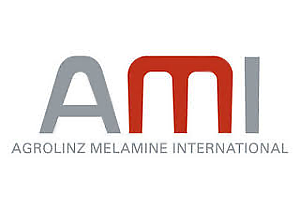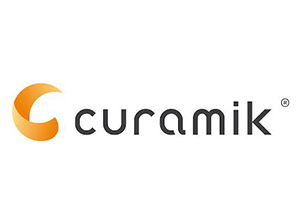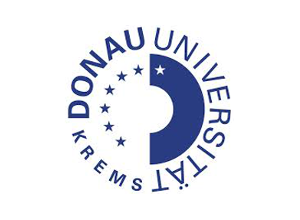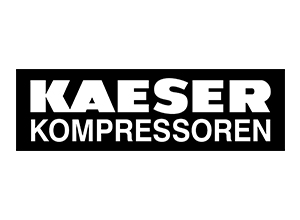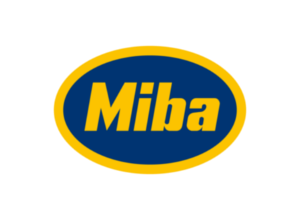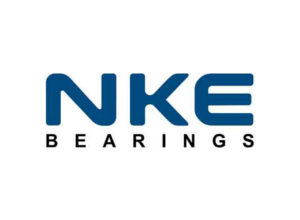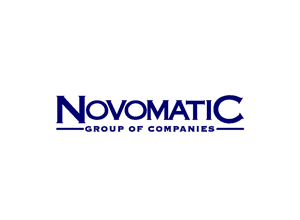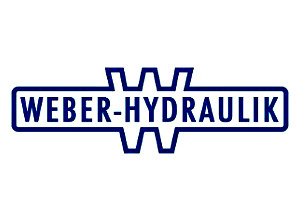Speed. Quality. Low Cost.
These universal goals have been around as long as there has been competition in business. Many separate disciplines have evolved to achieve these goals. People may poke fun at the various improvement programs that have come and gone over the last 20 years. But the facts are: companies have gotten much better, competition has gotten tougher, the marketplace is more global, customers are very demanding, and the game continues to increase in difficulty.
The Lean Six Sigma Concept can support improvements on Speed, Quality and Cost, because it blends Lean, with its primary focus on process speed and the elimination of waste, and Six Sigma with its primary focus on process quality.
Lean Six Sigma uses a Roadmap, the so-called DMAIC Cycle that provides a guideline how to improve products and processes or solve problems.
- Define:Define the project goals and customer (internal and external) deliverables.
- Measure: Measure the process to determine current performance; quantify the problem.
- Analyze: Analyze and determine the root cause(s) of the defects.
- Improve: Improve the process by eliminating defects and reduce variation.
- Control:Control future process performance.
Six Sigma…
- emphasizes the need to recognize opportunities and eliminate defects as defined by customers
- recognizes that variation hinders our ability to reliably deliver high-quality services
- requires data-driven decisions and incorporates a comprehensive set of quality tools under a powerful framework for effective problem solving
- provides a highly prescriptive cultural infrastructure effective in obtaining sustainable results
- when implemented correctly, promises and delivers more than EUR 2 Million of improved operating profit per year (in the mid sized industry)
Lean…
- focuses on maximizing process velocity
- provides tools for analyzing process flow and delay times at each process step
- centers on the separation of “value-added” from “non-value-added” work with tools to eliminate the root causes of non-value-add activities and their cost
- provides a means for quantifying and eliminating the cost of complexity
Why does Lean need Six Sigma?
1. Lean does not explicitly prescribe the culture and infrastructure needed to achieve and sustain results.
2. Customer Critical-to-Quality (CTQ) needs are not front and center.
3. Lean does not recognize the impact of variation.
Why does Six Sigma need Lean?
1. Six Sigma does not explicitly prescribe the identification of waste (MUDA).
2. Improvement of process speed or cycle time is, at least in the publications, not in focus of Six Sigma.
3. Specific Lean Tools for Speed Acceleration (SMED, Total Productive Maintenance, 5S,…)
4. Methods for rapid action are partly missing in Six Sigma Projects.
5. Six Sigma Quality is approached much faster if Lean eliminates non-value-added steps.
We have many years of experience in implementing Lean in organizations to decrease waste (Muda) and increase efficiency in all processes. You need further information? Click here.
REFERENCES
SUCCESS STORIES
- € 3 M Cost Reduction with BigStep® at Miba Sinter Austria
- Lean Six Sigma deployed in an order fulfilling process – Increasing EBIT from 2% to 9.5% within 18 months
- Profits significantly increased at Greiner Bio One using the BigStep® Method
- Six Sigma increases productivity in the service sector from 70%-80%
- TOP – Truccazano Optimization Project


